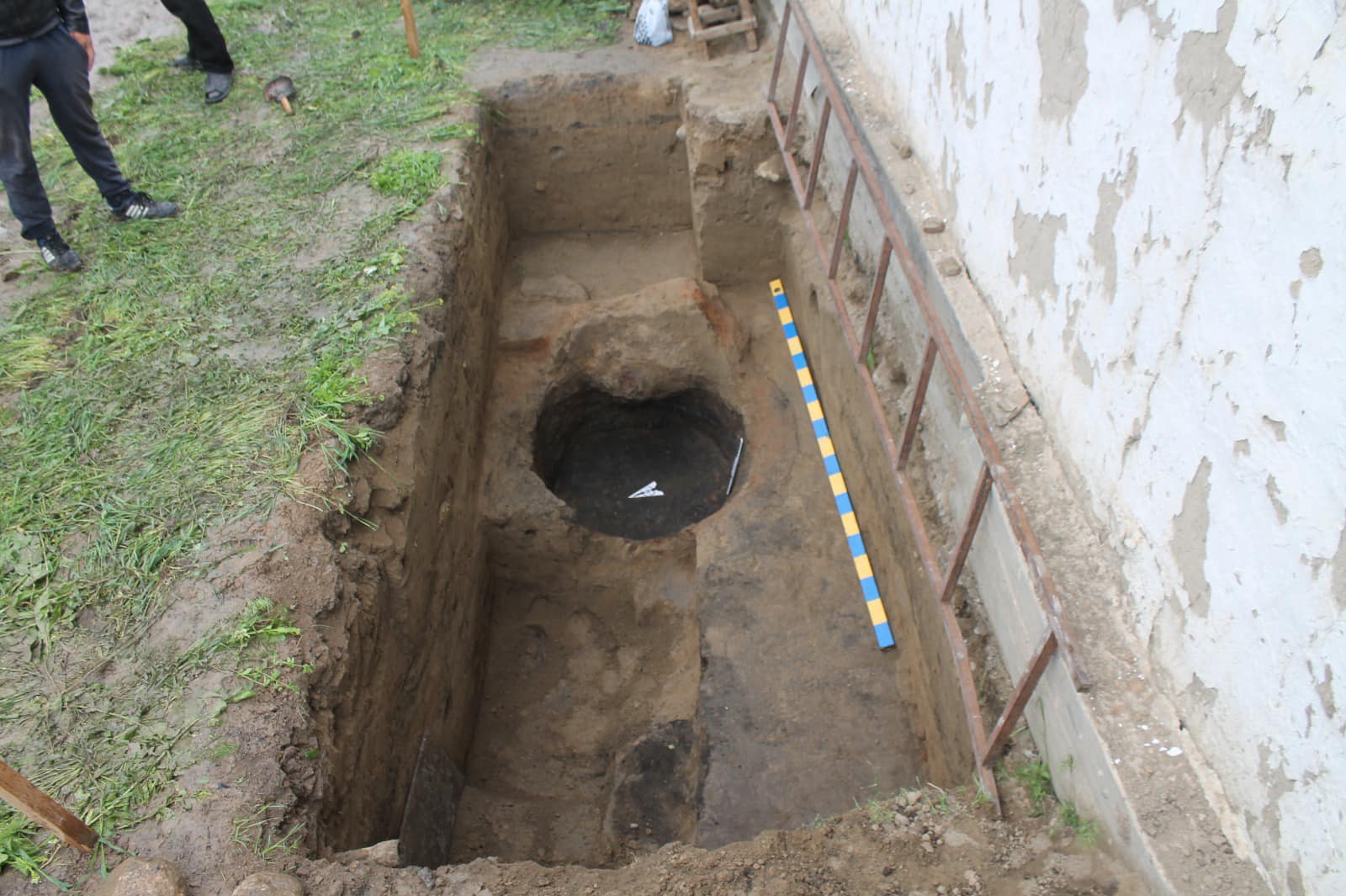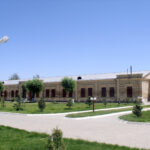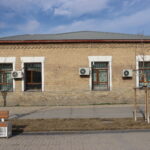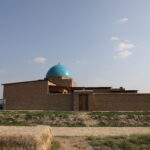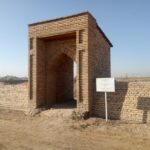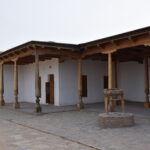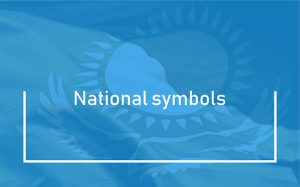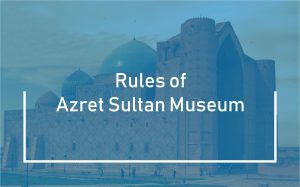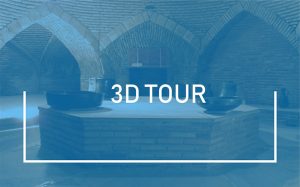According to the residents of Karnak, the location of the taykazan casting is well known and they themselves are firmly convinced of this. At one time, a special sign was also installed on the site, which was later removed for unknown reasons.
In the period from 1.04.2019 to 30.05.2019, it was planned to conduct exploration and excavations in order to identify the site of the Taykazan casting. The expedition was conducted by the museum-reserve «Aziret Sultan» and the International Kazakh-Turkish University, the Scientific Research Institute of Archeology. Head, Candidate of Historical Sciences, archaeologist Tuyakbaev M. K. Performers M. Amanturov, N. Tazhibaev.
Exploration and excavations to identify the location of the taykazan casting have not yielded positive results. However, a furnace at a depth of 70 cm was found near the house number 12 on Turkestan Street, which melted cast iron. The diameter of the top of the partially preserved furnace is 90 cm, the depth is 50 cm, the diameter of the bottom is 75 cm. There is a 5 cm diameter air vent on the east side. The wall thickness of the baked clay is 5 cm. The outer side is reddish clay, baked by fire, 15 cm thick.
This furnace was built from pieces of clay and plastered with clay inside. The top was not preserved. When we cleaned the inside of the furnace, ash and iron filings came out. Fragments of iron of various sizes were found around the furnace. A piece of a casting mold with a depth of 90 cm and a diameter of 60 cm has been preserved in front of the furnace. It is known from history that such cast-iron boilers were cast in the village of Karnak until the 1930s.
And the village elders point specifically to house No. 11 next to house No. 12, where the excavations were carried out. The owners of this house do not allow excavations. This is exactly the place that the villager Ilham and Yerkin Aksakal showed.
However, it cannot be said that our archaeological research is inconclusive. In this furnace, the descendants of Tabriz craftsmen melted cast iron and cast cauldrons. That is, we will not be mistaken if we say that these are traces of taykazan…
Amanturov, Inspector for the preservation of historical monuments




